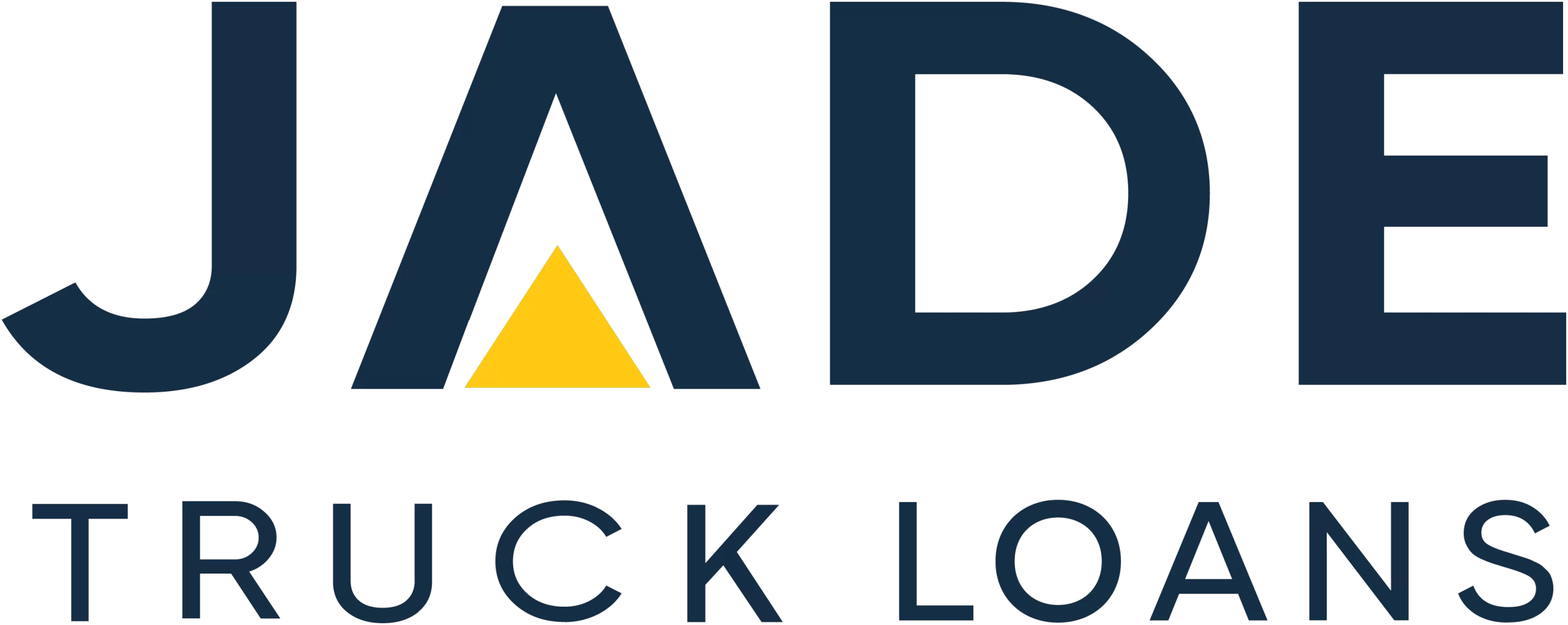Following a prolonged span of exceptionally low and historically record-breaking interest rates, spanning over 20 months, the scenario has now shifted. Interest rates are now ascending across various markets, including the realm of truck finance. Amidst the backdrop of surging inflation and a period of speculation and anticipation during the latter part of the previous year and the beginning of this year, the Reserve Bank of Australia (RBA) chose to uphold its patient stance. However, this stance changed during the May Board meeting, leading to a 0.25% increment in the cash rate.
For some analysts that was higher than anticipated but further rises were indicated by the RBA. That came quickly with a significant 0.5% hike at the early June meeting and more indications that additional rises would be required as the central bank normalises interest rates and withdraws the extraordinary levels of pandemic support.
For business operators considering investing in new vehicles, the rising rate climate coming off such a great period of accommodative lending conditions could be a shock to the system. And a shock to get in fast and make those truck purchases with finance before any further rate rises.
RBA decisions to lift the cash rate are driven by economic conditions and reverberate through lending markets with rises in loans rates including truck finance. Understanding what those economic conditions are and how different domestic and international factors interact to contribute to a rising rate situation may assist businesses time their investment decisions.
For those still trying to get their head around what’s driving interest rates up, we provide an explainer on some of the factors and latest news which are seen as placing pressure on the Reserve Bank to act further. The situation is quite active with announcement of economic data and other decisions adding further pressure on the RBA and heightening expectations for more increases.
Falling Unemployment Rates
Two of the key economic performance factors that the RBA considers in regard to rate decisions are unemployment and inflation. We’ve continually heard this from Governor Lowe in the statements announcing each Board decision recently.
The economy has bounced back more quickly than anticipated from the effects of especially the Omicron lockdowns in our biggest trading states – NSW and Victoria. This has led to a tight labour market and falling unemployment. The RBA had indicated that sub-4% was a target to trigger a rate rise.
Over recent months the rate has fallen and the May figures reveal the rate steady at 3.9%. A great figure for the economy as it is the lowest rate in 40 years. Not so great for businesses trying to fill job vacancies in the tight labour conditions.
The latest unemployment figures are seen as further reasons for the RBA to continue with further cash rate increases.
Rising Inflation Rates
Businesses and households are feeling the effects of surging inflation with price increases across many sectors. The surge in inflation is the key driver of RBA rate rises at the moment. Increasing the cash rate is seen by the RBA as a lever to contribute to easing inflation in the terms ahead.
But the current, right now, situation is extremely active. In the 7 June RBA Statement, the expectation stated for inflation was around 6% during the latter part of 2022. But less than a week after that statement, Mr Lowe stated in an interview that the expectation was now for 7% by December. Meaning, little relief in the immediate term.
The Australian economy has not experienced a 7% inflation rate since the 90s. So this will be something new to tackle for many business operators.
Recent Key Decisions
Another factor which is seen as a potential driver of further cost increases and flow-on to cash rate rises is the recent decision by the Fair Work Commission on the minimum wage. The decision was brought down recently, granting a 5.2% rise. Higher than many anticipated.
While widely considered as needed and deserved by those on that wage rate, especially those that worked tirelessly as pandemic support, it is also seen as another cash rate trigger. Many businesses will be unlikely to be able to absorb the increases to their wages bill. That means passing on the increases to customers. More price rises adding to inflation, and more pressure on the RBA to act.
Overseas Influences
As we operate in a global economy, what’s happening overseas, especially with our major trading partners is of significance in the domestic economy. Many operators will be already experiencing this with the supply chain disruptions flowing out from issues impacting overseas manufacturing hubs and freight factors.
Also of note is inflation in the US and the reactions to that by their central bank, the Fed Reserve. With 8.6% inflation, the Fed has hiked the central interest rate significantly. The Bank of England has also taken similar actions. While NZ was one of the first countries to start lifting their cash rate some months earlier than Australia.
Truck Finance Interest Rate Outlook
Incorporating all the aforementioned factors into the equation of how that is and will continue to influence truck loan interest rates is of considerable importance. As your dedicated Consumers Individual Lending Professional, Jade Truck Loans remains unwavering in our enduring commitment to procuring more favourable interest rates for our clients. However, given the broader landscape where lenders collectively respond to the RBA's actions and initiate rate hikes, the notion of 'cheaper rates' is context-dependent. Our approach remains steadfast—we consistently source the most cost-effective options available in the market that align with the distinct requisites of each individual application.
Looking ahead, the cash rate is expected by economists to hit 2% by end of year. The current level is 0.85%. Some economists are tipping another 0.5% or even 0.75% rise by the RBA at its 5 July meeting.
To see how that level of increases may play out in regard to truck finance, use our Truck Loan Calculator and vary the rates to see the impacts on repayment estimates.
For those embarking on the journey of securing truck finance, the significance of meticulousness in procuring the most competitive truck interest rate loan is undoubtedly underscored. Engaging our broker service grants access to specialized truck lenders, ensuring a comprehensive assessment of all available loan options. In this pursuit, Refinancing Truck Finance Balloon or Residual can play a pivotal role, along with strategically setting the loan term, all in pursuit of achieving a manageable monthly repayment structure. These components are indispensable to navigating the process effectively and securing a loan solution that harmonizes with your financial objectives.
Our consultants will assist customers significantly by sourcing, negotiating and structuring truck loans to meet the specific needs of the business. But for those toying of when to buy, the message is quite clear – act as quickly as possible to avoid paying more post the next RBA rises.
Contact Jade Truck Loans on 1300 000 003 to discuss affordable truck finance.
DISCLAIMER: THIS INFORMATION IS ISSUED PURELY FOR THE PURPOSE OF GENERAL INFORMATION PROVISION. IT IS NOT TO BE TAKEN AS THE ONLY SOURCE OF INFORMATION FOR BASING FINANCIAL DECISION-MAKING. THOSE REQUIRING FINANCIAL GUIDANCE AND ADVICE SHOULD CONSULT WITH THEIR FINANCIAL CONSULTANT OR ADVISOR. NO LIABILITY IS ACCEPTED FOR ANY MISREPRESENTATION OF POLICIES, DATA OR ERRORS IN THIS CONTENT.


